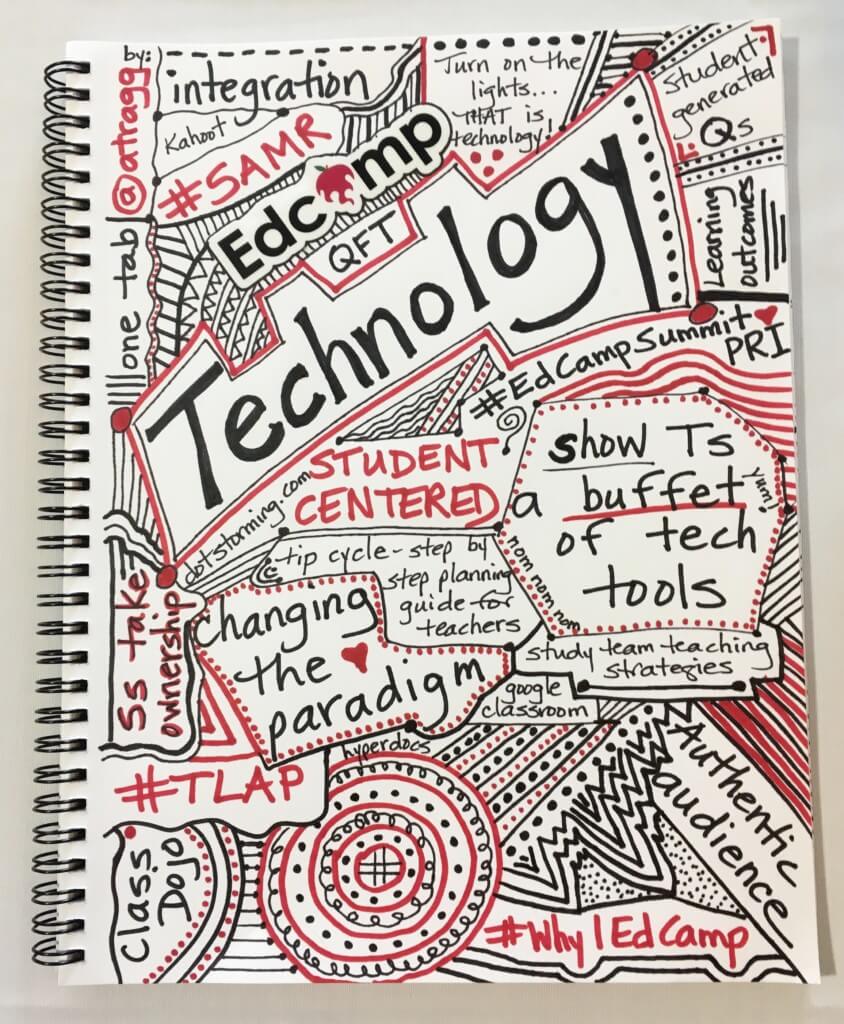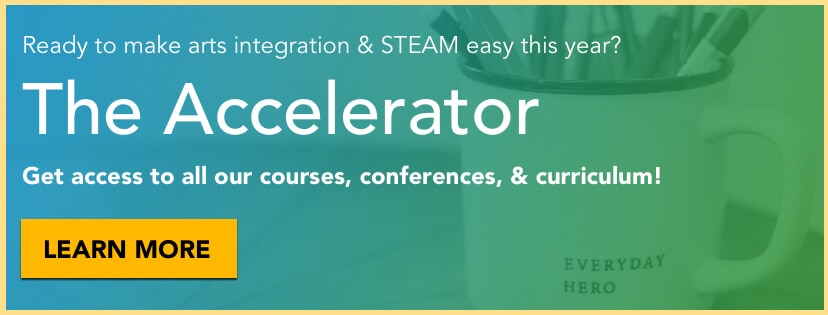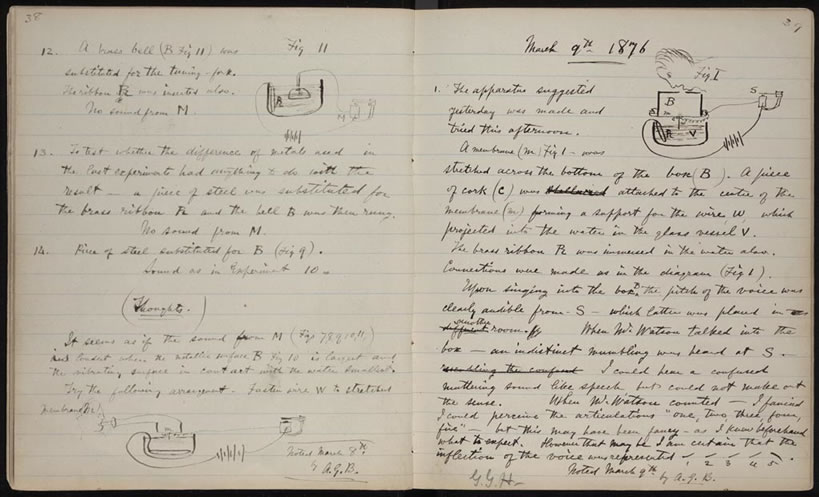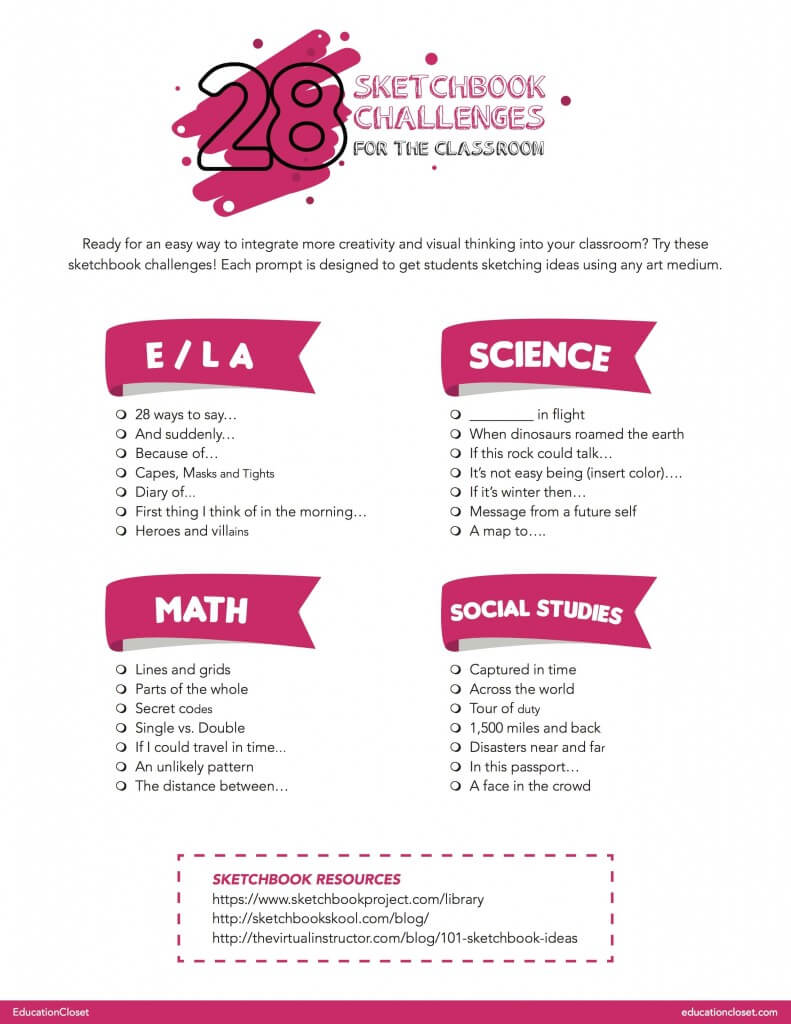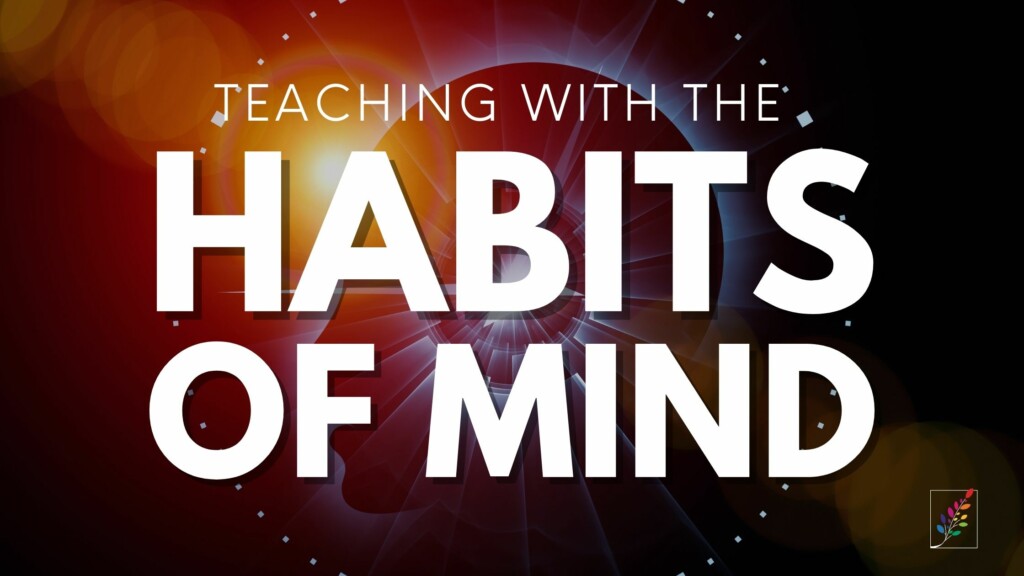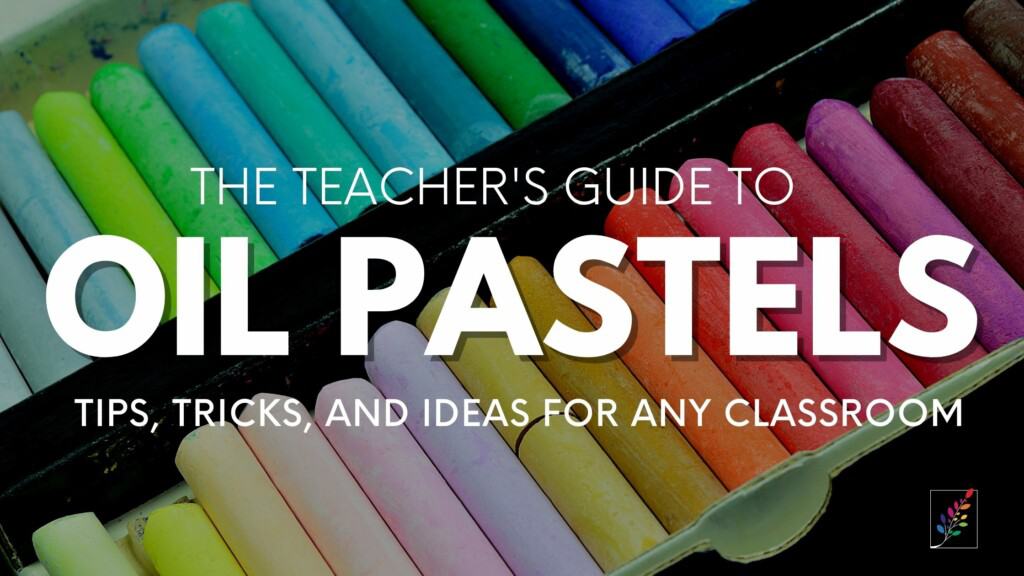JOIN US FOR THE 2025 ARTS INTEGRATION & STEAM CONFERENCE – LEARN MORE
In this guide, you’ll be introduced to a variety of sketchbook ideas, processes, and techniques that can help you use this in any classroom and with any group of students.
Interestingly, artistic talent has nothing to do with this process. Making sketchbooks look pretty is NOT the point! Instead, it’s the simple practice of sketchnoting that makes this beneficial for all students – no matter what age.
The Benefits of Sketchbooks
Ahh, sketchbooks. You might hear some people call them visual journals, others call them doodles. Whatever term you use, the process of sketching has been around since prehistoric times.
The sketchnoting process provides a space to construct meaning and provide better recall. Many people create them when they are taking notes. A big trend right now is creating sketchbooks based on what you’re reading. Sketchnoting helps people of all ages understand and process knowledge. They also help us recall details from a meeting, talk, book, or even a podcast!
There is plenty of research to back this up. Let’s start with Marzano and Classroom Instruction that Works. Non-linguistic representations are one of the research-based strategies proven to increase student achievement. Non-linguistic strategies can be sketches, graphic organizers or mind maps to make learning and comprehension visible. Perhaps you have provided these types of outlines for your students:
Students of all ages can use frames like this. Older students can create their own, or you can provide a few examples for them.
Check out the resources of these sketchnote stars: Tanny McGregor, Sunni Brown and Silvia Tolisano. Their websites and books have many easy, usable sketch note ideas for you and your students. Start documenting that learning, today!
Better for our Brains?
Is it really better for our brains to take notes by hand instead of typing on a computer? Pam Mueller and Daniel Oppenheimer, two scientists at Princeton University, wanted to find out. Mueller had switched from taking notes on her computer to pencil and paper and noticed that she remembered much more from lectures. While typing notes on his computer, Oppenheimer discovered when he looked up, he had no idea what the speaker was currently talking about. These two personal experiences prompted their 2014 study.
Mueller and Oppenheimer discovered that college students had better long-term comprehension when they take notes by hand. Handwriting notes forces us to process the information; typing on a computer merely transcribes it. By offering sketchbooks as a tool for taking notes, we’re supporting this long-term comprehension.
But “taking notes” can look different for everyone. For some, it’s simply writing things down by hand. For others, it’s drawing, sketching, and doodling. Whatever the method, the act of pulling out a sketchbook for learning is powerful.
Start with Visual Journaling for Yourself
Before we can teach something, we typically need to feel comfortable doing it ourselves. So now is a great time to start this practice for your own purposes.
To begin, try to use black thin and thick permanent markers plus just one colored marker. As you listen or participate in a conversation, book study, or even a podcast, write down keywords and phrases and add lines and shapes wherever there is space.
You can sketch for:
- Self-reflection
- Improve memory
- Creativity, expression, reflective practice
- Note-taking
A visual journal can be your place for unstructured structure. Write your ideas down, and then play with words, shapes, and figures.
4 Essential Sketchbook Tips
Now that you’re ready to get started, here are my four essential visual journaling tips:
- Use a blank, unlined notebook, or create your own with some drawing paper in a manila folder.
- Simplify your notes with color, line, and shape! You can really jazz things up with colored markers, repetition, use of space and balance.
- Add your own graphics! Look at these free icon sites for inspiration: The Noun Project, FlatIcon or Open Clip Art. It’s much easier to start drawing when you can look at a simplified drawing of an object.
- Not into writing on actual paper? Try out a digital app! I have dabbled with Paper, Notability, and Inkflow Visual Notebook. Find one that suits your needs!
Once you’ve tried it out, plan how visual journaling will work best in your classroom with your students. “Cement” that learning with visual journaling!
Creating Student Buy-In for Sketchbooks
Now that you’ve tried some visual journaling on your own, let’s look at how to bring this practice into the classroom. To start, it’s helpful to look at historical examples.
We can learn so much by exploring journals from great minds of the past and present, and thanks to technology, now we can bring them into our classrooms! Sharing DaVinci’s journals with students is a fantastic way to show an example of how these great thinkers recorded their findings. Take a look at DaVinci’s journals, Thomas Edison’s complete notebook, and Alexander Graham Bell’s sketchbooks.
A page from Alexander Graham Bell’s notebook
These primary documents can even be treated as works of art, and observing them using the See, Think, Wonder strategy is very effective in helping students determine the purpose of journaling. Students are always amazed when learning about Marie Curie’s radioactive journals. Although they will be radioactive for another 1,500 years, students can safely view pages through a device.
Providing these mentor journals, combined with guided observation and discussion, gives students motivation and purpose when creating and using a journal of their own.
Building Relationships through Sketchbooks
Often, sketchbooks can offer a gateway into communication with students. Here’s an example from educator Holly Valentine:
“Within my literacy block, as so many teachers do, I had a reader’s notebook. In it, one section was dedicated to weekly letters from the kids. In these letters, they were to write about their reading, how it was going and what they were struggling with. I would write back to them and the notebooks became a quiet, insightful written dialogue between myself and each student.
As we got more comfortable with doing this – or I should say I got more comfortable and wasn’t trying to make each student appear to be perfect in my responses back to them – these letters began to morph into so much more than a reading discussion. Students opened up about everything and anything – events both in and out of school. And I started to see them so much more individually, and gain so much insight into these little souls in front of me.
I began to know each student so well, academically and personally, that when problems did arise, I felt like I really knew each student and what made them tick. I was often finding myself being able to address struggles before they got too big, or to understand what was at the root of them.”
Let’s take a look at some practical sketchbook ideas that you can start to implement in your own classroom.
Idea #1: Combined Weekly Journal and Sketchbook
You can use this process in your own classroom to maintain a weekly journal with the kids that combined not only writing but sketchnoting, the arts, perhaps even music.
How would this work?
- Start with a blank notebook – unlined!
- So many kids have a hard time breaking away from the traditional linear notebooks, and as a result, struggle with looking at a blank page. Let them be inspired, and attack a weekly entry from any direction – how will they layout their thinking and ideas? What format will it take? It could be a combination of mediums and no right way to approach the entry.
- Encourage color!
- The use of and choice of color could add so much to the entry. It’s no secret that color choices often align to moods. Think of how insightful this could be as a getting to know your students exercise. You would learn how to connect outside events and emotions with what they are expressing through their journal.
- Provide creative prompts
- Knowing that students could have a hard time letting go of traditional written journals, offer students a creative prompt that will get them started and their ideas flowing. While they may start by a specific answer, the more they stick with it, the quicker their answers will become personalized.
- Book suggestions to get kids – and yourself – thinking differently:
- Caffeine for the Creative Mind – by Stefan Mumaw and Wendy Lee Oldfield
- Journal Sparks: Fire up your creativity with spontaneous art, wild writing and inventive thinking – by Emily K. Neuburger
- 52 Sketch Prompts – by Samantha Cole
- Book suggestions to get kids – and yourself – thinking differently:
- Knowing that students could have a hard time letting go of traditional written journals, offer students a creative prompt that will get them started and their ideas flowing. While they may start by a specific answer, the more they stick with it, the quicker their answers will become personalized.
What a wonderful memory this could be for you and each of your students by the end of the year, tracing through art the journey through your time together.
In order to increase communication and facilitate that relationship between the two of you, it is important that the journal would become a place for you both to share. You will each find ways to add creativity and to comment on the work the other person is doing.
Ideally, the journal will become a combination of art and writing, a natural flow of ideas.
Idea #2: Use Thinking or Drawing Prompts
Another idea is to allow students to free-sketch as a means of processing information. But looking at a blank page can be daunting. This is where thinking or drawing prompts can help.
Art Educator Michael Bell shares his practice for using drawing prompts with students:
“When students are first getting into visual journaling I usually provide them with the drawing prompts, but also choices as to whether they want to use those prompts or create their own.
I give them a template of 10/10/10 to knock out their first 30 pages. 10 pages of notes, diary entries, text messages, etc., 10 pages of observational drawings or photographs, and 10 pages of mixed-media/painting with an overarching goal of FILL THE PAGE (every square inch!)”
Here’s a list of 25 drawing prompts if you need some inspiration:
- Choose something from the “Assorted Collage Items” box. Use that as your inspiration.
- Use the iPad mini to look our Instagram pictures to get an idea.
- Get a piece of paper and draw with stencils. Overlap shapes.
- Use your favorite type of paint on a piece of paper. Fill in all of the space.
- Use stencils to create a border around a piece of paper. Create a collage in the middle.
- Look on the walls to get an idea. Where is your favorite artwork? Which one has your favorite colors?
- Look in your sketchbook and folder for an idea.
- What is your favorite center? Go, get supplies and start creating!
- Go to the drawing books and pick one you never used before and find something inspiring.
- Make 21 dots on a paper without looking at it. Now create something out of those random dots.
- Get a small piece of paper and draw tiny things on it.
- Create something with materials you have not used before.
- Draw a family portrait. Plot twist: It is a family of insects or animals.
- Create an animal playing a musical instrument.
- Draw the most terrifying animal you can imagine. Or the most adorable.
- Draw fresh fruit or vegetables, or something fresh from the oven.
- Make a drawing of some drawing materials. Or make a painting of some painting materials.
- Draw a collection of something, like: dogs, baseballs, bags, shirts, toys…
- Create a clock, a watch or a piece of jewelry.
- Create a robot that can do a chore that you do not like to do.
- Create an artwork that is made with only primary colors.
- Create an artwork that has only cool colors.
- Create a mysterious doorway or staircase.
- Create something that should have been invented by now.
- Create an interesting form of transportation.
Idea #3: Sketchbook Challenges
Sketchbook challenges are perfect for building your students’ creative skills in a low-stakes way that can be a personal collection of their own artistic and academic growth.
The challenges are collections of artistic prompts like the examples above which get the problem-solving creative juices flowing in short exercises. They provide an opportunity to build skill-sets and create a pattern of “making” every day. They can easily give your students new sketchbook ideas to run with and eliminate the question of “what do I write/sketch/draw next?”
These challenges typically tackle drawing skills, but they can also include photography, painting, printmaking, etc. So find one, or a collection of challenges, to spark a daily practice!
Sketchbook Challenges can:
Be Habit-Forming
- They can hold you accountable for doing something creative every day. This creates a habit of artistic accomplishment and builds confidence in the practice.
Be Time Flexible
- You can work on a project for as little or as much time as you’d like
Be Experimental
- If you like pen and ink drawing over painting, the challenges still work for you. Use the medium of your choice or challenge yourself with one that you’ve never tried before.
Be Inspirational
- These challenges might start out simple and then inspire you to complete a more complete project with more time and detail. I’ve developed some of my most interesting lessons from sketchbook challenge prompts.
Be Customized
- You can look at a few challenge examples from online resources and pick your favorites. Put them together on your own for a personal challenge that only includes prompts that you are interested in.
Here’s a list of 28 Sketchbook Challenges you can start with in your classroom:
Looking for more challenges? Explore the Sketchbook Skool Blog. This site is a fantastic collection of ideas, tips, tricks, and inspiration. If you get really into it, they offer classes as well. Co-founded by Danny Gregory, who brings humor and freedom to those who are creative and those who need more creative confidence.
Idea #4: STEAM Journaling
STEAM challenges may seem hard to assess. There are so many components, and it doesn’t make sense to give a paper pencil test to assess a performance-based activity. STEAM journaling, combined with a single point rubric, can solve the problem of this assessment quandary AND it can be used as a formative OR summative assessment.
A STEAM journal is not something that takes a lot of teacher preparation. It can be as simple as a 3 ring binder with plain paper, a composition book, or a stapled packet of paper. Or, it can be designed by students, like these student-created nature journals.
Journals could also be digital so that students can add photos, videos, and captions to record the process of their learning. The app Seesaw can be an efficient tool for this, and Google Slides is another great tool for digital journaling. Whatever the design, the purpose is the same: an organizational tool that can help develop beneficial habits of mind.
Here are two suggestions for making this a natural part of the learning process:
- When first starting a journal, it is helpful to assign times for students to record. To do this, add a writing component as you build background knowledge. For example, if you ask students to turn and talk to a peer, require them to record a thought in their journal after they turn and talk. This holds students accountable, and it also helps them to retain information.
- Turn the “Think Pair Share” strategy into “Think Pair WRITE Share”. This means students will have a record of their conversations. In addition, your more introverted students, or your students who need more processing time, will have an equal opportunity (and a higher comfort level) to share their thoughts with the class.
Idea #5: Use Sketchbooks as an Assessment Tool
Sketchbooks can be used as both formative and summative assessment. Using a single point rubric is an effective way to do this. If you aren’t familiar with these rubrics, take a look at this article by Cult of Pedagogy and give them a try immediately. These rubrics have revolutionized the assessment process, making self-reflection easier for students, allowing for more student creativity, and making teacher feedback more useful and personalized.
A single point rubric is basically a stripped down traditional rubric. Create a three-column chart. Choose your criteria for proficiency, and list that in the center column. The column on the left is a place to provide feedback for someone who has not yet reached proficiency in that criterion, and the column on the right allows space for feedback for those exceeding that criterion. Here is an example of a single-point rubric for artist statements:
When assessing STEAM journals, try to crowdsource your class to create the criteria. This is typically done after you’ve had students using a journal for at least one STEAM challenge.
Once students have a little experience, they have ideas to share related to the journal organization and what it means to have a useful journal as a tool. You can also look back at famous journals and sample student journals from previous years, both exceptional and slightly off. After an initial student brainstorm, summarize the students’ criteria into categories, add anything that is missing, and create the rubric to share.
Using Sketchbooks for Formative Assessment
As a formative assessment, students can use the single point rubric to self-score and reflect on their journal periodically. This is a great sponge activity task– something that students can do as they wait for class to officially begin, as they arrive in the morning, or as they wait for their bus in the afternoon.
After this self-reflection, conference with each student and use the rubric to direct your conversation. This conference gives you an opportunity to check in with students and set some goals for students who are struggling.
You can also provide extensions for higher level students. Keeping a record of these conversations provides you with a progression of student learning.
Using Sketchbooks for Summative Assessment
Each marking period, after you’ve conferenced with each student two or three times, collect these sketchbooks and score them using the same single point rubric.
Students have the opportunity to perfect their journal prior to turning it in, but the conferences and goal setting, along with the clear expectations provided on the rubric, give students a high chance of success.
You can analyze the results to find if there are any patterns of misconceptions that you need to address, or if you notice that students are struggling with a part of the design process, such as making observations. Then, you can adjust your instruction accordingly.
Idea #6: Providing Choice
As teachers, we need to give our students opportunities to learn, understand and then use information. Imagery is important in our world. Allan Paivio’s dual coding theory says this: when we present information in visual and linguistic form, recall and learning improves. Creating sketchnotes will help students construct meaning and remember their learning.
Sketchnoting is also a great way to provide some choices. Many teachers have a few different organizers for students to choose from. You can display a few simple ideas for students to refer to, like these:
Idea #7: Group Doodling
All students benefit from cooperative learning and being active during a lesson. Group doodling is a great way to learn sketchnoting with your students! This strategy in The Doodle Revolution is perfect for when a class needs a visual of the lesson.
For this idea, students create a large, visual reminder together. They will use a yard or two of wide paper from a roll or very large poster board, along with broad-tipped markers. These markers are a must since you can’t erase them and the drawings and words can be seen from far away.
After the group doodle is created, it can be posted in the classroom for reference throughout the year. A group doodle will be much more meaningful to students than a visual that the teacher creates.
Other bonuses to these sketchbook ideas of group doodling and choice offerings are that everyone is heard, and students can capture the content of the lesson quickly.
Idea #8: Embrace Icons
Let’s address the common concern that many people have: “I can’t draw a straight line.”
That old, ridiculous line is not true for anybody. You, and everyone else in the world can draw lines and shapes.
If you need an image to look at to draw an object, use The Noun Project. There are over one million simple icons for EVERYTHING. The creators call it “global visual language,” and it is!
Try having students use these icon representations as a connection to ancient Hieroglyphics, and create their own visual language. Or, use the icons as a quick way to document their learning. So much can be done with such simple lines and shapes.
Process over Product
In the end, these sketchbook ideas offer a starting point for any student in any classroom to begin processing their thinking and sharing their interpretations. This isn’t meant as the end product; rather, the value is in the process of the work itself.
Much like the goal of learning is to continue to learn, the goal of sketchbooks are to continue to sketch. It’s through action that we make progress.



